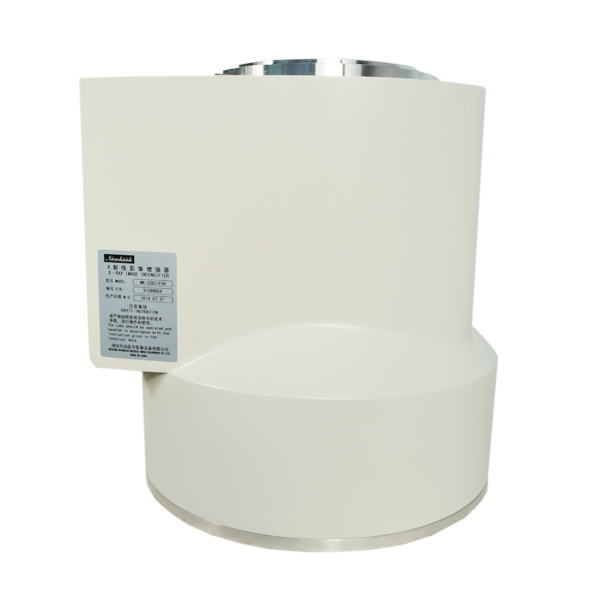The use of image intensifiers in medical imaging has revolutionized the field of diagnosis and treatment. Image intensifiers are a key technology used in medical imaging to enhance the visibility of internal organs and structures, providing clearer, more detailed images. In this article, we will explore the various applications of image intensifiers in medical imaging and their impact on healthcare.
Image intensifiers are devices used to amplify low light levels to produce brighter images for medical professionals to view. They are commonly used in X-ray machines, fluoroscopy and other medical imaging equipment. By boosting incoming light, image intensifiers improve image quality, making it easier for healthcare professionals to make accurate diagnoses.
One of the main applications of image intensifiers in medical imaging is in fluoroscopy procedures. Fluoroscopy is a technique used to obtain real-time moving images of internal body structures such as the digestive system, urinary system, and blood vessels. Image intensifiers enhance the visibility of these structures, allowing doctors to accurately guide catheters and other instruments during minimally invasive procedures. This has led to major advances in interventional radiology and cardiology and the treatment of various medical conditions.
Image intensifiers are also used in X-ray machines to produce high-quality images of bones, organs, and tissues. By boosting X-ray photons, image intensifiers improve the contrast and resolution of X-ray images, making it easier for radiologists to detect abnormalities and diagnose medical conditions. This greatly improves the accuracy of medical imaging and allows for earlier detection of disease, thereby improving patient outcomes.
Additionally, image intensifiers are used in CT (computed tomography) scanners to improve the quality of the images produced. By amplifying X-ray photons, image intensifiers increase the detector’s sensitivity, resulting in clearer, more detailed CT scans. This is particularly beneficial for the diagnosis and monitoring of cancer, cardiovascular disease, and other medical conditions, as well as for the planning and guidance of surgeries and other medical procedures.
In addition to diagnostic and therapeutic applications, image intensifiers are used in medical research and education. They allow medical professionals to study the human body’s anatomy and physiology in greater detail, leading to a better understanding of various medical conditions and improved medical education and training.
In conclusion, the application of image intensifiers in medical imaging has had a profound impact on healthcare. It improves the accuracy and efficiency of diagnostic procedures, promotes minimally invasive treatments, and advanced medical research and education. As technology continues to advance, image intensifiers will continue to play a vital role in medical imaging, contributing to better patient care and treatment outcomes.
Post time: Jan-08-2024


